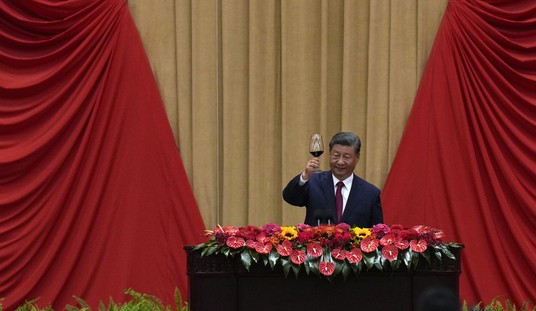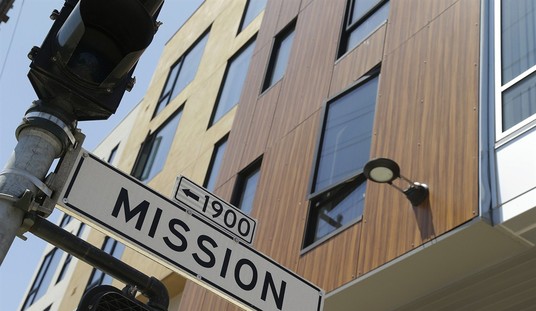In June, as you may recall, the EPA announced their new “Clean Power Plan” which was, for all intents and purposes, another shot across the bow in the war on coal. In their mission statement, while paying lip service to the fact that the needs and resources of each of the states are different, they also cite “the important role of states as full partners with the federal government in cutting pollution.” This is matched with the built in assumption of the need to “address the risks of climate change.” (Apparently nobody bothered to ask the states exactly how much of an “equal partnership” they were interested in.)
Now that the new rules are moving forward in the process and people have begun to take notice of what this will mean in the real world, one wonders precisely whose side the Obama administration is on. You’d think that the Democrats – long the champions of the poor and oppressed – would have their best interests at heart… particularly with an election coming up. But as Jim Martin noted at Town Hall recently, one of the most heavily affected groups will be senior citizens.
In the United States there are 27 million households aged 65 or older. […] The majority of our nation’s seniors are living on fixed incomes. For many of them, their primary source of income is social security. For those living on fixed incomes, seniors and non-seniors alike, any increase in household costs is hard to absorb, and electricity represent 61 percent of total residential bills for seniors…
Energy, like food and housing, is an indispensable necessity of life. According to the U.S. Energy Information Administration, electricity prices have jumped more than 6 percent in the Mid-Atlantic States last year alone. Yet, instead of alleviating the heavy financial burden of energy prices for seniors, President Obama is exacerbating the problem. He is proposing to reduce our nation’s carbon emissions 30 percent by 2030, and the impact would be devastating for our nation’s seniors.
This isn’t something that seniors have failed to take note of, either. In a recent poll by the 60 Plus Association, 72% of likely voters aged 55 and above listed the effect of government regulations on their energy bills among their concerns. That’s an awfully big slice out of a demographic which is the most likely to show up and vote on election day.
But it’s not just seniors. Some of the hardest hit by rising energy costs are America’s minorities.
The Pacific Research Institute reports that annual electricity spending for an African-American household in Ohio will rise from 4.5 percent of their income to 5.8 percent of their income due to the EPA’s plan to cut carbon dioxide emissions from power plants — an increase of $408 annually in energy costs.
Households in lower-income African-American neighborhoods would be hardest hit with the cost of electricity equaling 26 percent of household income, or even higher,’ reads the soon-to-be-released PRI study. ‘This is really pushing the bounds of energy poverty,’ lead author Dr. Wayne Winegarden told TheDCNF. ‘The impact on middle class families and poor shouldn’t be ignored.
So a plan to save the world from [insert whatever it is that we’re saving it from this week] is going to deliver its most significant wallop to the wallets of fixed income senior citizens and African-Americans living at or near the poverty level. Remind me again… which party is it that’s supposed to be championing these groups? Politics is so confusing!








Join the conversation as a VIP Member